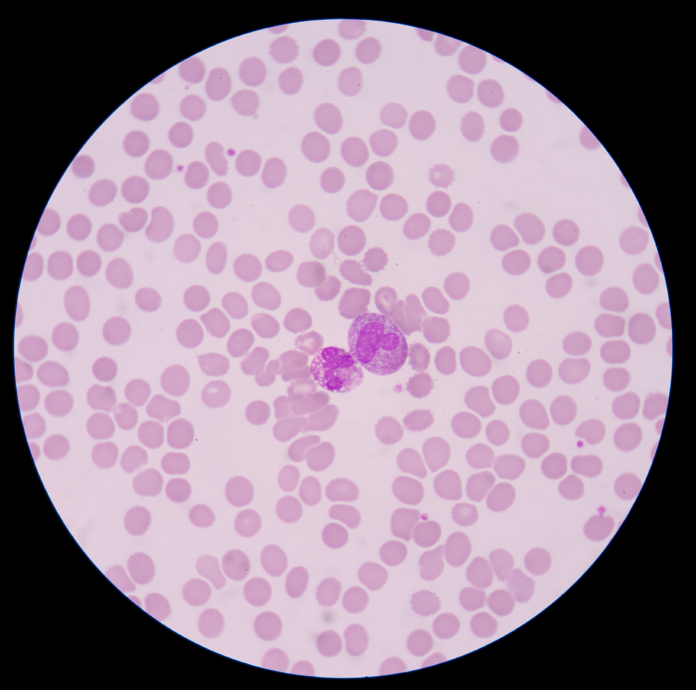Overview of Sepsis for Medical Doctors



Description
This session is aimed at all out of hospital clinicians, GPs, Nurses, Pharmacists, Paramedics, Community Midwives and those providing urgent or unscheduled care. It will provide an introduction to key facts about sepsis and outline the size of the problem, common community presentations and key actions that influence outcomes.
Learning Objectives
By the end of this session you will be able to:
- Describe the differences between infection, sepsis and septic shock
- Recognise the scale and impact of sepsis within the UK
- Recall the frequency of community and hospital derived sepsis
- Identify key features that should alert the clinician to the possibility of sepsis in a patient with infection
- List potential strategies that can influence sepsis admissions and deaths
- Describe the urgency of treatment to influence mortality particularly within the septic shock sub-group
Sepsis is a potentially life-threatening condition triggered by infection.
Current estimates suggest that as many as 123 000 cases occur in England each year with approximately 37 000 deaths annually. Only 30% of those cases develop whilst the patient is in hospital, the rest are patients admitted from the community.
Simon Stockley, Mb CHB, FRCGP, FIMC RCS Ed, DUMC, is a GP at Eaglescliffe Medical Practice in the North-east of England.
He is the RCGP Clinical Champion for Sepsis, and represents the RCGP on the NHS England Cross-systems Sepsis Prevention Programme Board and the Academy of Royal Colleges Sepsis Group.
A GP for 30 years, he has prepared multiple sepsis teaching and support aids for clinicians working in general practice.
Simon is a board member of the Faculty of Pre-Hospital Care (RCS Edin) and an examiner for the Diploma in Urgent medical care.

- Radiology – Integrated Training Initiative (R-IT...
- Posted By eIntegrity Healthcare e-Learning
- Posted Date: 2024-11-14
- Location:Online
- This session reviews which chambers contribute to the ‘normal cardiac outline’ and examines how specific chamber enlargement or absence alters the normal cardiac shape. It will describe the different diagnoses, which result in characteristic
- Radiology – Integrated Training Initiative (R-IT...
- Posted By eIntegrity Healthcare e-Learning
- Posted Date: 2024-11-14
- Location:Online
- This session provides an overview of the clinical manifestations of haemangiomas, lymphatic and vascular malformations, their radiological work-up plus typical imaging findings.
- Radiology – Integrated Training Initiative (R-IT...
- Posted By eIntegrity Healthcare e-Learning
- Posted Date: 2024-11-14
- Location:Online
- This session covers imaging and diagnosis of paediatric mediastinal masses, and is organised based on their location in the mediastinum.
- Radiology – Integrated Training Initiative (R-IT...
- Posted By eIntegrity Healthcare e-Learning
- Posted Date: 2024-11-14
- Location:Online
- This session discusses radiographic anatomy of the normal mediastinum and its compartments containing different structures and why this is useful when interpreting an abnormal image. The silhouette sign and how it is used to localise a mass on chest radio
- Radiology – Integrated Training Initiative (R-IT...
- Posted By eIntegrity Healthcare e-Learning
- Posted Date: 2024-11-14
- Location:Online
- The session looks at pneumothorax, pneumomediastinum, air leaks in neonates, air leaks in older children and post-traumatic air leaks.







